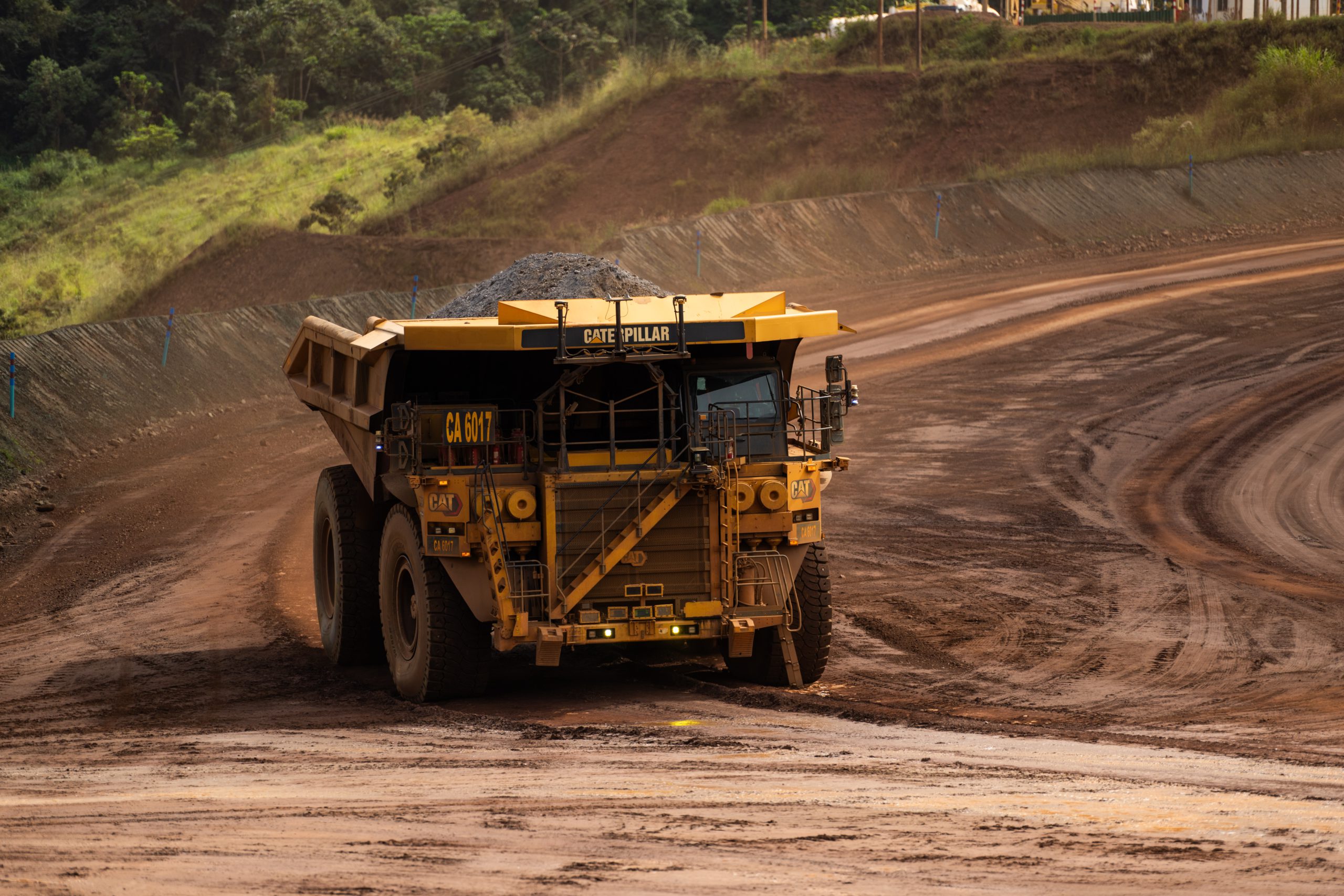Kinross reduces gold reserve estimate by 33%

Investors weren’t pleased with Canada’s Kinross Gold (NYSE: KGC) after the company released its 2013 results and its guidance for this year.
Kinross’ share price lost close to 4% on Wednesday, trading at $5.67 per share.
The miner produced slightly more gold in 2013 than in 2012 and narrowed its net losses in the fourth quarter to $740 million, compared with $2.9 billion the year before.
But what’s hurting Kinross most is that the company reduced its mineral reserve estimates by nearly 20 million ounces of gold to 39.7 million.
The diminished reserves reflect the company’s divesture of the Fruta del Norte project in Ecuador, depletion, and the adoption of a fully-loaded costing methodology for estimating year-end mineral reserves.
The new accounting system – which incorporates sustaining capital, mine waste management costs, and general and administrative costs, in addition to other operating costs – has resulted in a 14% increase in overall gold grade in Kinross’ estimated mineral reserves.
The company’s gold price assumption for 2013 is $1,200 per ounce and its average realized price in 2013 was $1,402.
But Kinross was already reducing its reserves this time last year: While many gold miners were betting on record-high gold prices, Kinross was calculating its reserves based on a gold price of $1,200, thereby reducing its estimates by nearly three million ounces at the time.
In 2014 the miner expects to produce between 2.5 and 2.7 million ounces of gold – in line with 2013 production of 2.64 million ounces.
{{ commodity.name }}
{{ post.title }}
{{ post.date }}




Comments